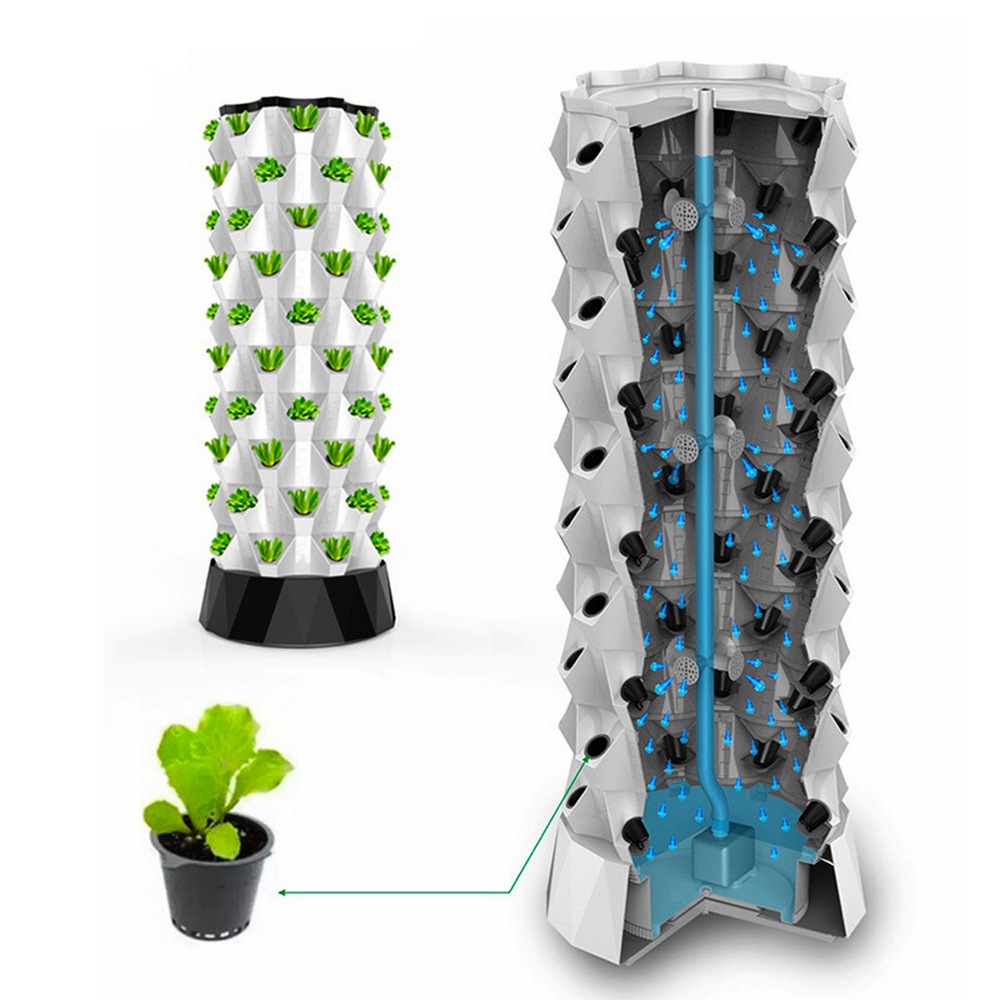this post was submitted on 26 Jun 2023
17 points (100.0% liked)
Solarpunk
5437 readers
32 users here now
The space to discuss Solarpunk itself and Solarpunk related stuff that doesn't fit elsewhere.
Join our chat: Movim or XMPP client.
founded 2 years ago
MODERATORS
you are viewing a single comment's thread
view the rest of the comments
view the rest of the comments

I have gone back and forth on vertical farming. There are scams in the field, but there are also some merits (most of them apply to urban farming in general).
The main issue you have with vertical farming is that there is only so much stacking you can do before you get out of light. A pillar like in the illustration projects a shadow, in which you can't really put plants.
However right now sunlight is not the limiting factor for plants growth. IIRC depending on the plant it is either water or CO2 so you can do some amount of vertical farming. To me, the interest is not to come as a replacement for regular farming (so growing grains is not the issue, you will have a hard time beating the efficiency of a flat field + tractor), the interests are:
So to sum up, it is less of a solution to make regular agriculture sustainable and more to make sustainable agriculture more enjoyable. Actually one does not need tasty herbs and exotic fruits, but the ability t have them without poisoning the planet is nice and, well, solarpunk.
There's an organic produce company in Manhattan that uses vertical grow chambers and they get around the lighting problem by illuminating from the center of the cluster and rotating the plant pods occasionally.
They get around energy usage by charging a premium and taking advantage of state agricultural grants.
It's expensive but you can get city grown butter lettuce year round.
Normally that would be a bit of an heresy, but fun thing: with the good LEDs at the good frequency, you can make a solar panel + LED setup that is actually efficient enough to provide more light to the plant than it would normally receive.